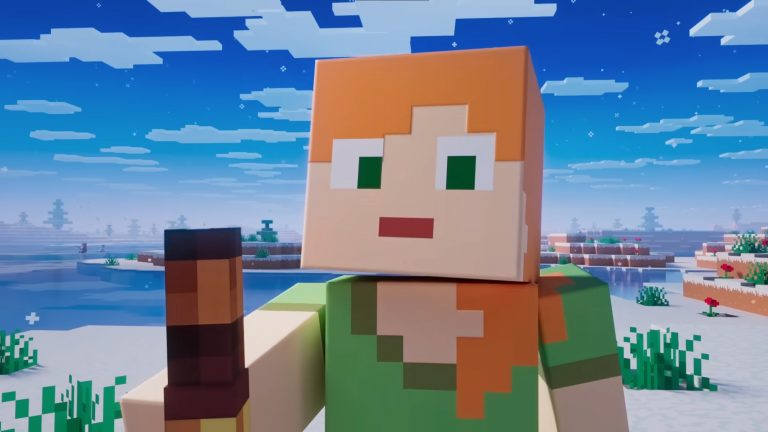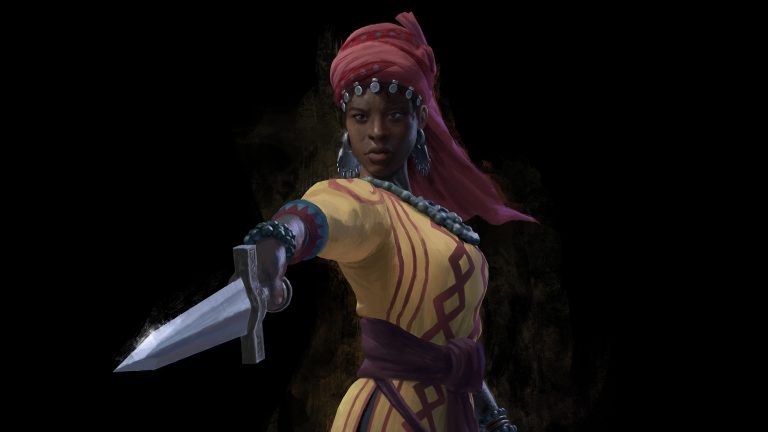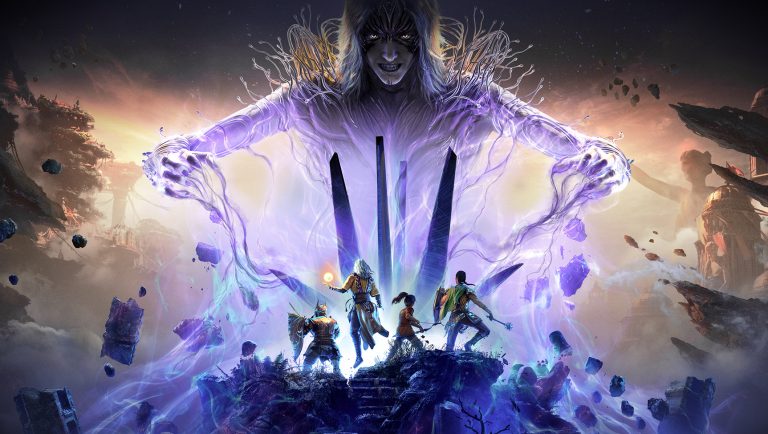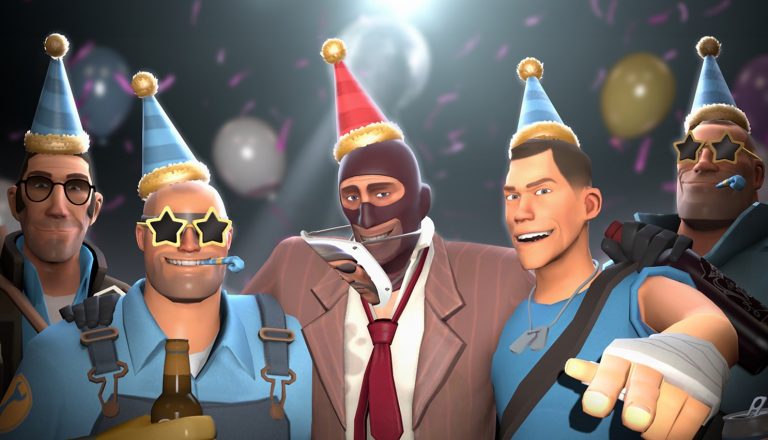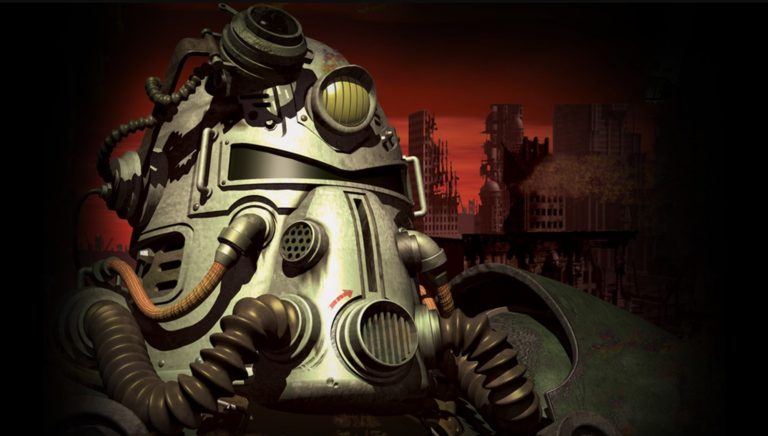PUBG’s creator, Brendan Greene, has been tinkering away at his next next project for a while now with his homegrown studio, PlayerUnknown Productions. Called Project Artemis for the time being, it’s a procedurally generated Earth-sized world simulation… thingy.
If it sounds like I’m being vague, it’s because Greene’s not keen on putting it into defined boxes, either, as he told our own Christopher Livingston in March last year: “I don’t want to classify it as a game … I’m sure there will be gameplay elements. And we do have plans for a light survival exploration-type, life civilization game mode type thing—what else would you do with a massive world?”
A recent interview with IGN doesn’t bring things into any kind of sharper focus, though the word “metaverse” has entered the arena: “I hesitate to talk about this, because it’s just such a dirty word, but I want to build a metaverse because I don’t think anyone else is. I think everyone’s building IP bubbles that might talk to each other at some stage in the future, maybe if we’re lucky, but it’s not the metaverse.”
I mean, hey, I actually don’t disagree with him there—the concept of a metaverse has always seemed like a pie-in-the-sky bottle of snake oil to sell you NFTs or ‘digital real estate’—but he’s invoking the accursed tongue, so he needs to explain what it means to him. And to his credit, he does try:
“See, the Metaverse is a 3D internet. You should be able to create your own worlds and just have them all operating on the same protocol, like HTTP. So a world is a page, and that’s what I’m trying to do with Artemis.”
Still, Greene & Co. aren’t just jumping in with two legs—Artemis is the third in a trio of projects, the first of which, dubbed Prologue, is testing the AI-assisted tech in a more controlled fashion. Greene describes it as a survival game with “a new terrain every time you press play”.
“The seed system gives us, I think 4.2 billion possible maps, but maybe millions of those would be interesting, I’m not sure yet … But this kind of tech is really cool because we’re seeing it shaped day to day with the artists. They’re going, ‘Let’s try this, let’s update the masks we use for the river to this so we generate that slightly differently.’ And they’re learning how to use this tech along with us, which is just great to see.”
I’d like to be as kind as possible to an ambitious project from a clearly-passionate developer. I gain more by being open-minded. But inside me is a cynical old man screaming that Greene has just basically described Second Life, and then Minecraft. I mean, yes, a more graphically impressive version of the two—with significantly less furries, which is either a plus or a minus based on your level of puritan/freak—but the idea of a procedurally-generated survival game is not exactly new. The scope is the selling point, not the concept.
Project Two sounds like another stress-test wrapped up in a game: “You’ll be controlling an army, basically” is all he gives IGN’s Rebekah Valentine, but it more-or-less sounds like an earth-sized RTS. Which I guess is sensible. Boiled down, the idea of a metaverse is just a massive digital world with a lot of people in it and very little definition. So hammering out the ‘big world’ and ‘many people’ things separately feels like a way to go about it.
“The metaverse has to have millions of people,” Greene concurs, “and server client-side, you’ll never get that. You’ll maybe get a few thousand, maybe 10,000 if you’re lucky, but it’s attacking the problem at the wrong end, which is to solve the simulation locally, which we’ve done with Preface and then you can scale to hundreds of thousands, millions of people, hopefully.”
He then goes on to describe the idea of people being able to create their own worlds in Artemis, which he dubs “3D webpages”, mod them, and share them with other people. “This is probably going to be empty for the first few years, but then eventually you’ll start to see the possibility of what you can do with this kind of world generator that it’s like a multiverse of worlds.”
It’s all sounding rather ambitious, and I wish Greene the best, but my slant on this whole metaverse nonsense is that it’s only really providing experiences that already exist in games focused on delivering that thing. There is no such thing as an everything game that does anything you could want, because a game is created out of rules.
Besides, digital online spaces were nailed in Second Life and, later, the MMORPG with its housing systems and bonkers architects. Procedurally-generated megaworlds have been around for a while, and even if new tech can make them bigger and bigger, past a certain scale? My brain just starts to tune out. You’ve seen one chunk, you’ve seen them all. Modding and sharing games and worlds is already happening a-plenty in Fortnite and Roblox.
And if you want to build on this kind of scale, well, No Man’s Sky happens. Even Light No Fire’s got me kinda nervous, despite the fact that its developer has made that exact mistake before and (hopefully) learned from it. It’s not the only auteur-headed studio angling for these big pitches right now, and it’s not even a new phenomenon—ol’ Molyneux built a career on the stuff, and Star Citizen has been in Alpha for 11 years.
Where I’m sat, Artemis needs to convince its players that AI tech has really levelled up what procedural generation can do. Otherwise, I fear it’ll roll out an inch-deep ocean, criticised in the same way these megaprojects have been criticised before. I dearly hope history isn’t about to repeat itself.



